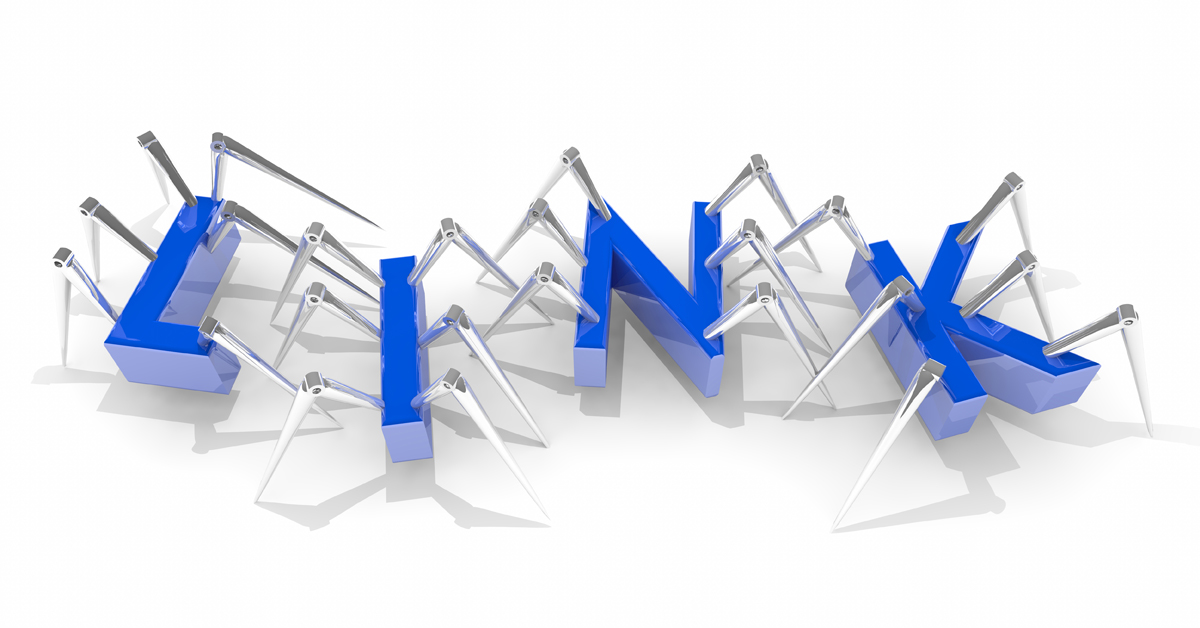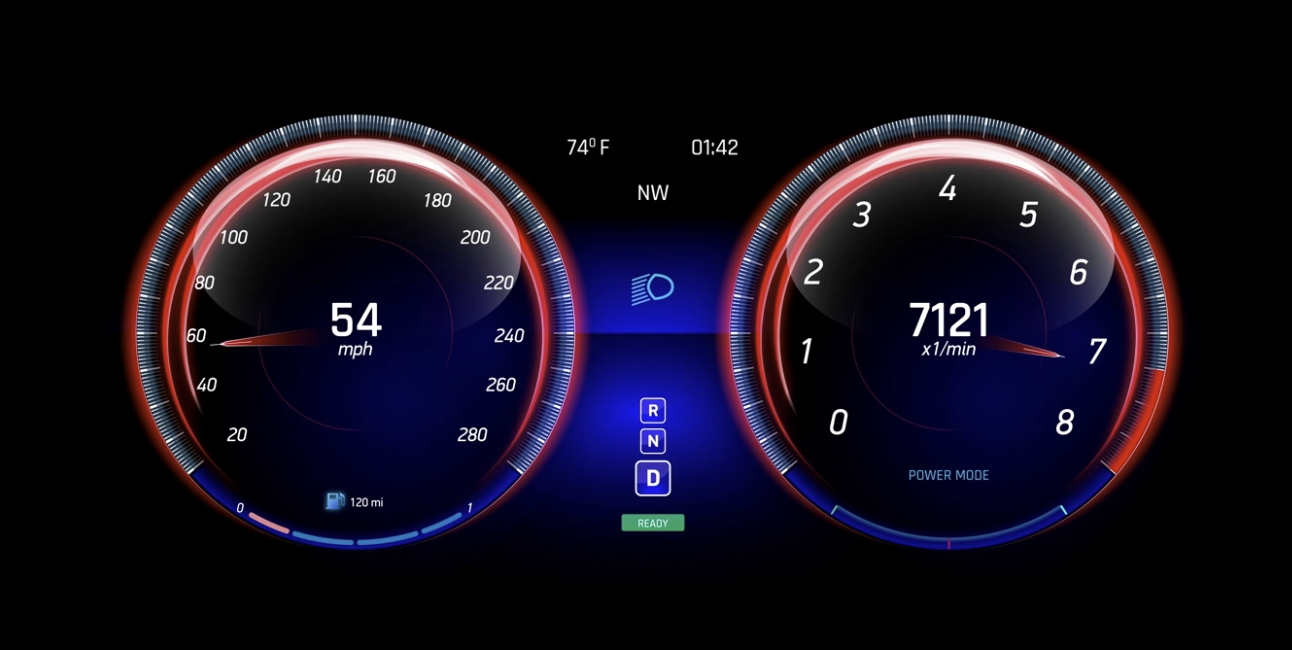
The Importance of an Internal Linking Structure
Have you ever thought about the internal structure of your house?
I’m not talking about things like the walls, floors, and ceilings, or even things hidden inside the walls like plumbing and electrical wiring.
I’m talking about the bones of the house that give it a structure. The 2 x 4s lining the walls, hidden beneath the sheetrock that frame the house. If you could trace these hidden supports, you would connect every single part of your house in a seamless flow. Not one single part would be disconnected from another. Somewhere, somehow, each joint links another piece, giving your home its characteristic architecture: Colonial, Cape, Victorian, Modern, and so on.
Like the timber framing your home and giving it a unique architectural style, your website’s internal linking structure gives it a unique shape and form that alerts search engines like Google, Bing, and Yahoo to your site’s content and purpose.
A good internal linking structure can be an important key to unlock higher search engine rank. But many inadvertently hide pages, even entire sections, of their website contents from search engines. Here’s why internal linking is vital to healthy SEO and the common mistakes website owners make with their internal linking structure.
What Is an Internal Link?
An internal link is a link from one page on a website to another page on the same website URL. Good internal links point from anchor text, or descriptive text that accurately and succinctly describes the content of the destination page.
The Importance of Internal Links to SEO
To fully grasp why internal links are so important to organic search traffic, take a step back and consider how search engines operate.
Search engines send robots, called spiders, to crawl websites. These automated bots crawl sites, following links within the site from page to page, sending back important data to the search engine’s database about the page’s contents, when it was last updated, and so on.
This information is archived in the search engine database. When a person types a query into their favorite search engine, the search engine attempts to match the query with the page it deems the best response to the question.
A good internal linking structure within a website gives the robotic spider a web, a network or framework, to crawl. If a page is missing from the overall internal linking structure – an “orphaned page” in marketing parlance – the spider won’t find it on the first crawl. It may find it later, but it can take a very long time, and it is much, much easier to get a page ranked on a search engine if it can be easily crawled.
5 Common Internal Linking Mistakes
There are many internal linking mistakes, but the following are very common and easily fixed.
- Not linking a new blog post or page to an existing page: Many website owners who add blog posts to their site forget to link new posts to existing pages. The posts end up as orphaned pages, sitting on the domain’s URL without any other page pointing to them. After they’re posted and perhaps shared to social media, the posts languish without traffic.
- Forgetting to add new pages to the site’s navigation: Another common mistake is adding new pages to a website and forgetting to add them to the site’s navigation.
- Linking from weak anchor text: In the good old days of the internet, it was common to link from phrases like “Click here” and “Visit our page.” But like the horse and buggy, such anchor text phrases have gone out of fashion. Linking from weak text does add an internal link but doesn’t help the search engine understand what your site or page is about. Instead, link from keyword phrases that accurately describe the target page: “We carry 14 brands of air conditioners” on the home page can link to a secondary page listing and describing brands of air conditioners, for example, rather than say “Click here for a list of brands we carry.”
- Link pages: Another big “no-no” in SEO today is the infamous “link page.” These are pages that just contain links – dozens and dozens of links. Such pages were once quite popular, but today are frowned upon and can negatively impact search results.
Links hidden in javascript or other coding: Java and several other codes used to build websites can hide links from search engines or make them difficult to find. That’s why we recommend having a professional website developer, working in conjunction with a search engine optimization expert, to conduct a technical audit of your website as part of a site optimization project. This helps uncover any old coding or extraneous coding that can hide links from search engines.
As you can see, there’s a lot to learn when it comes to best practices for internal links. If you’d like a professional to examine your website’s internal linking structure with an eye towards improving your page ranking in organic search results, call Dashboard Internet Marketing at 763-242-2454 today.

